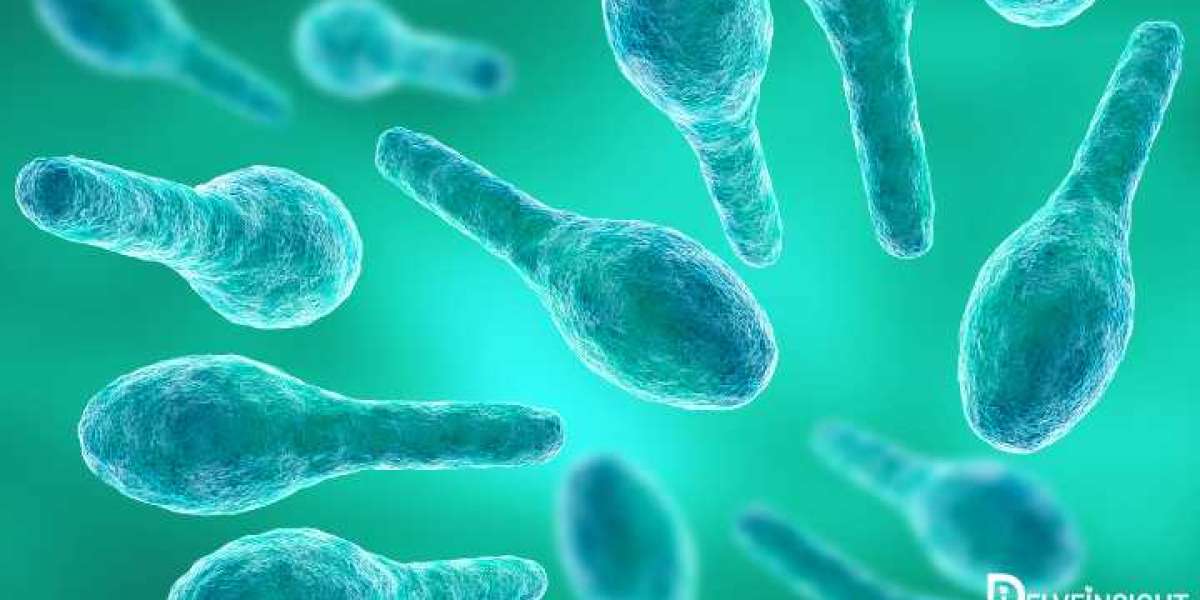Understanding NASH: The Growing Challenge
NASH is part of a broader spectrum known as nonalcoholic fatty liver disease (NAFLD), affecting millions worldwide. The condition is frequently associated with obesity, type 2 diabetes, and metabolic syndrome. NASH patients often remain asymptomatic in the early stages, which can lead to delayed diagnosis and intervention. As awareness of NASH increases, so does the urgency for effective therapies that can halt or reverse the disease's progression.
Current Treatment Landscape
Currently, there are no FDA-approved medications specifically for NASH, which highlights the critical need for new therapeutic options. Most existing treatment strategies focus on lifestyle modifications, including weight loss, dietary changes, and physical activity. While these lifestyle interventions can be beneficial, many NASH patients require additional therapeutic support to manage their condition effectively.
Promising Emerging Therapies
Recent advances in research have led to the exploration of several promising therapies for NASH patients. These emerging treatments aim to address the underlying mechanisms of the disease, targeting inflammation, fat accumulation, and fibrosis. Here are some key areas of focus:
- Pharmacological Interventions:
- GLP-1 Receptor Agonists: These medications, originally used for diabetes management, have shown potential in promoting weight loss and improving liver function in NASH patients.
- Farnesoid X Receptor (FXR) Agonists: FXR agonists help regulate bile acid homeostasis and have demonstrated anti-inflammatory effects, making them a target for NASH therapy.
- Acetyl-CoA Carboxylase (ACC) Inhibitors: These agents aim to reduce liver fat by inhibiting the enzyme involved in fatty acid synthesis, showing promise in clinical trials.
- Anti-Fibrotic Therapies:
As fibrosis is a key feature of NASH, anti-fibrotic therapies are gaining attention. Research is ongoing to identify agents that can specifically target and reverse liver fibrosis in NASH patients. - Combination Therapies:
Recognizing that NASH is multifaceted, researchers are exploring combination therapies that target different aspects of the disease. Combining medications that address inflammation, fat accumulation, and fibrosis may enhance treatment efficacy and improve outcomes for NASH patients. - Non-Pharmacological Approaches:
Emerging therapies are not limited to pharmacological interventions. Lifestyle modifications, such as personalized diet plans and structured exercise programs, remain integral to managing NASH. Digital health interventions, including mobile apps for tracking dietary habits and physical activity, are also gaining traction among NASH patients.
The Path Forward
As the landscape of NASH therapies evolves, collaboration among researchers, clinicians, and regulatory bodies will be essential to bring promising treatments to market. Clinical trials will play a crucial role in assessing the safety and efficacy of emerging therapies, and increased investment in NASH research is vital to accelerate progress.
Conclusion
The future of nonalcoholic steatohepatitis (NASH) treatment holds promise as researchers continue to uncover innovative therapies aimed at addressing the complex mechanisms underlying this liver disease. For NASH patients, the path forward is becoming clearer, with emerging therapies offering hope for improved management and outcomes. As awareness and understanding of NASH grow, so too does the commitment to finding effective treatments that can ultimately enhance the quality of life for those affected by this condition.
Latest Reports
Cyclin-dependent Kinase-like 5 Deficiency Disorder Market | Diffuse Intrinsic Pontine Glioma Dipg Market | Fragile X Syndrome Market | Hyperinsulinemic Hypoglycemia Market | Hypoparathyroidism Market | Liver Fibrosis Market | Malignant Pleural Mesothelioma Market | Postmenopausal Vaginal Atrophy Market | Primary Open-angle Glaucoma Market | Progressive Supranuclear Palsy Market | Respiratory Distress Syndrome Market | Supraventricular Tachycardia Market | Thrombocytopenia Market | Turner Syndrome Market | Acute Pulmonary Embolism Market | Alagille Syndrome Market | Cannabis Use Disorder Market | Ductal Carcinoma In Situ Market | Emesis Market | Hepatorenal Syndrome Hrs Market | Lennox Gastaut Syndrome Market




